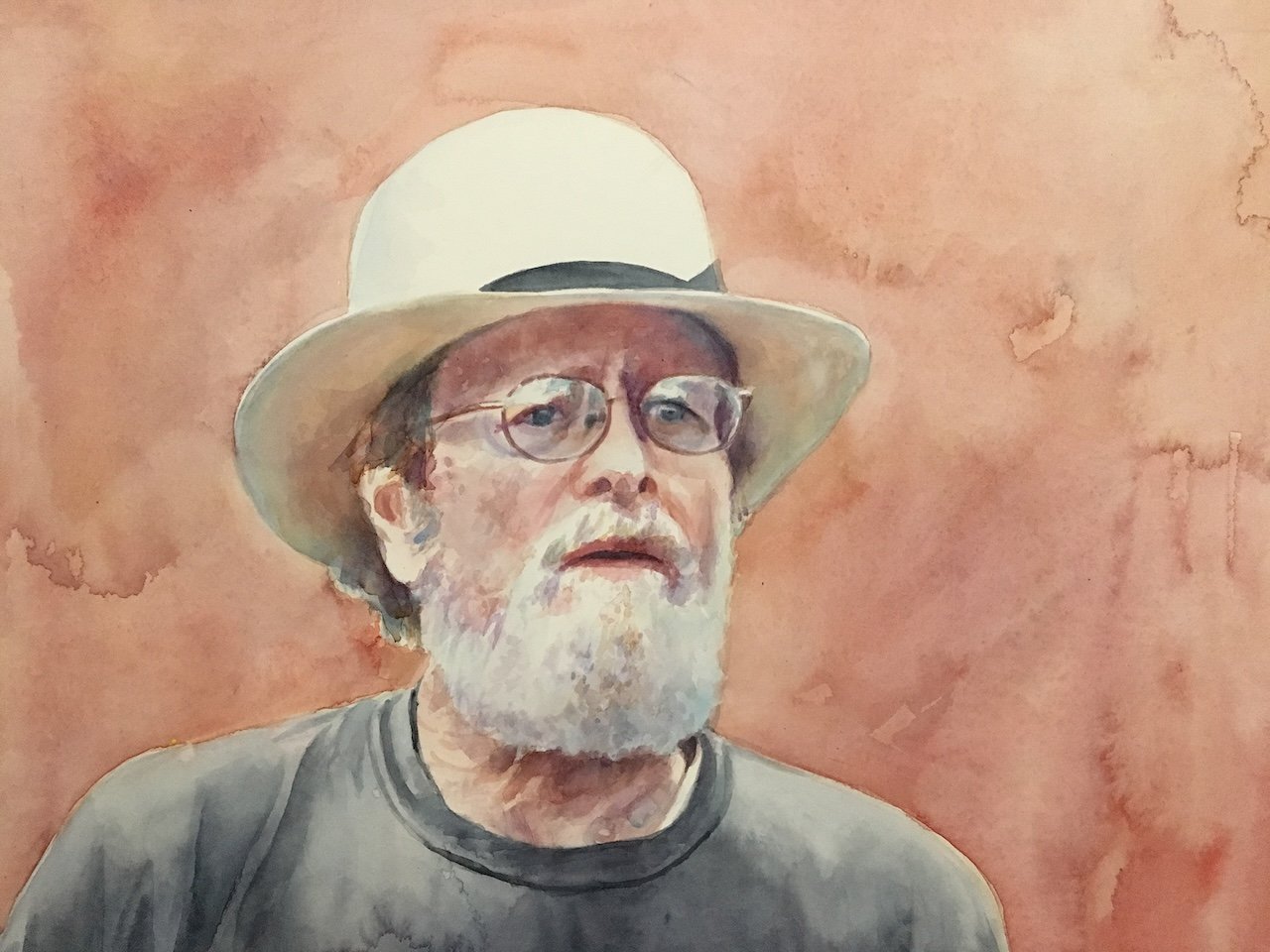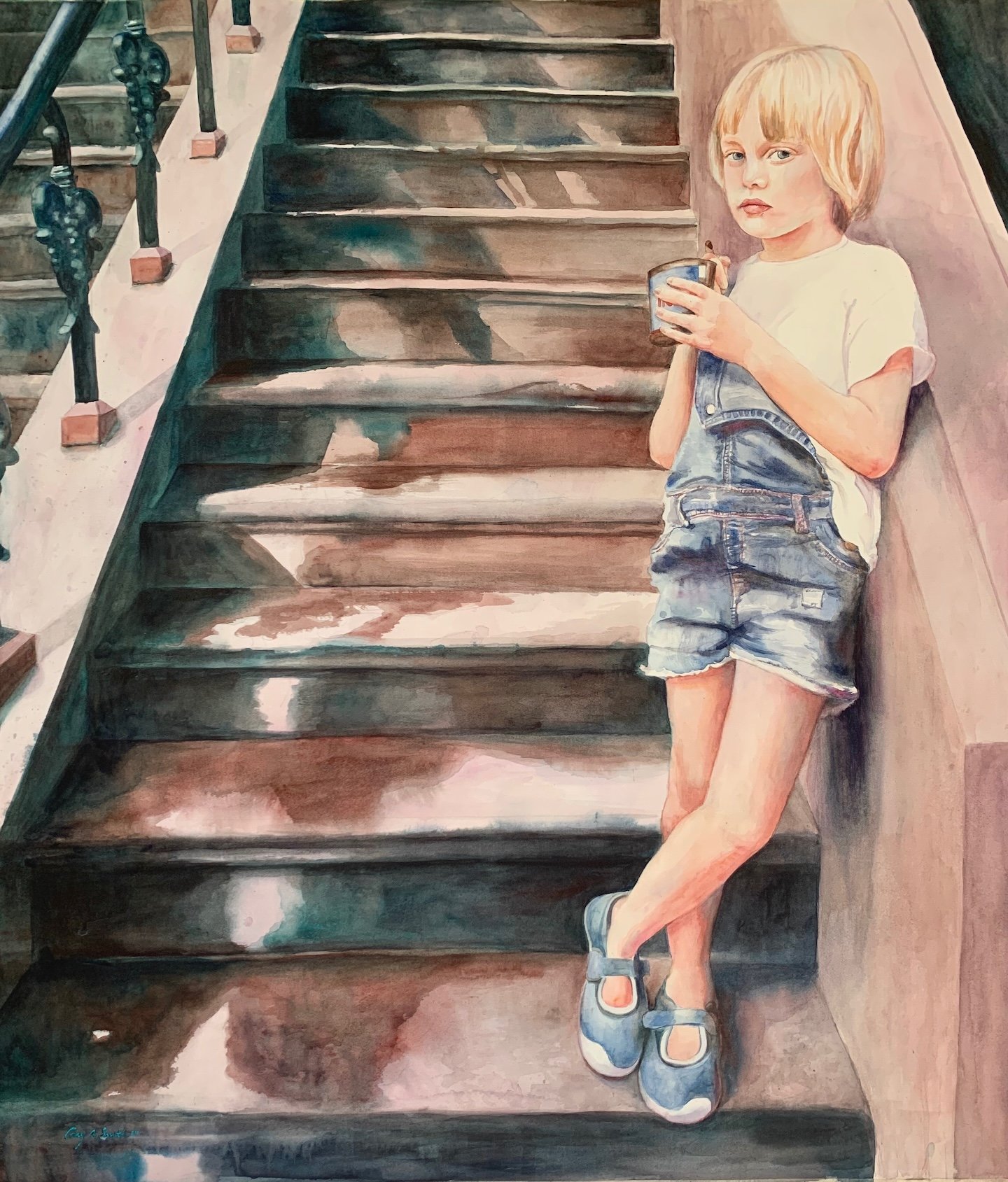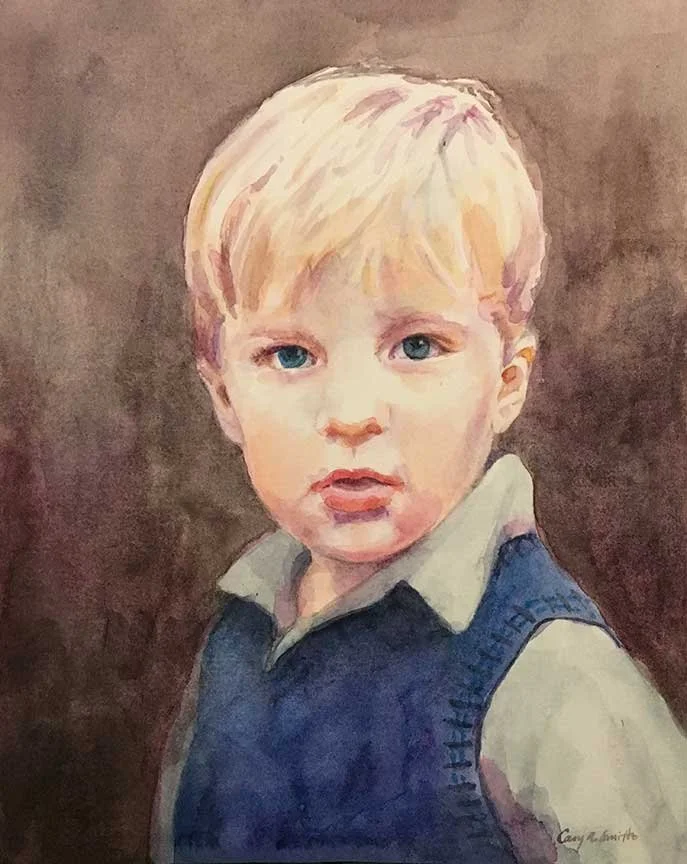Interview with artist Cary Smith
Cary Smith grew up in Minnesota but considers Little Rock her home. She is an accomplished watercolorist and enjoys paying tribute to the subjects of her extraordinary portraits. Her award-winning paintings have been widely exhibited and are in prestigious collections. More of Cary’s work can be found at her Instagram and website caryasmith.com.
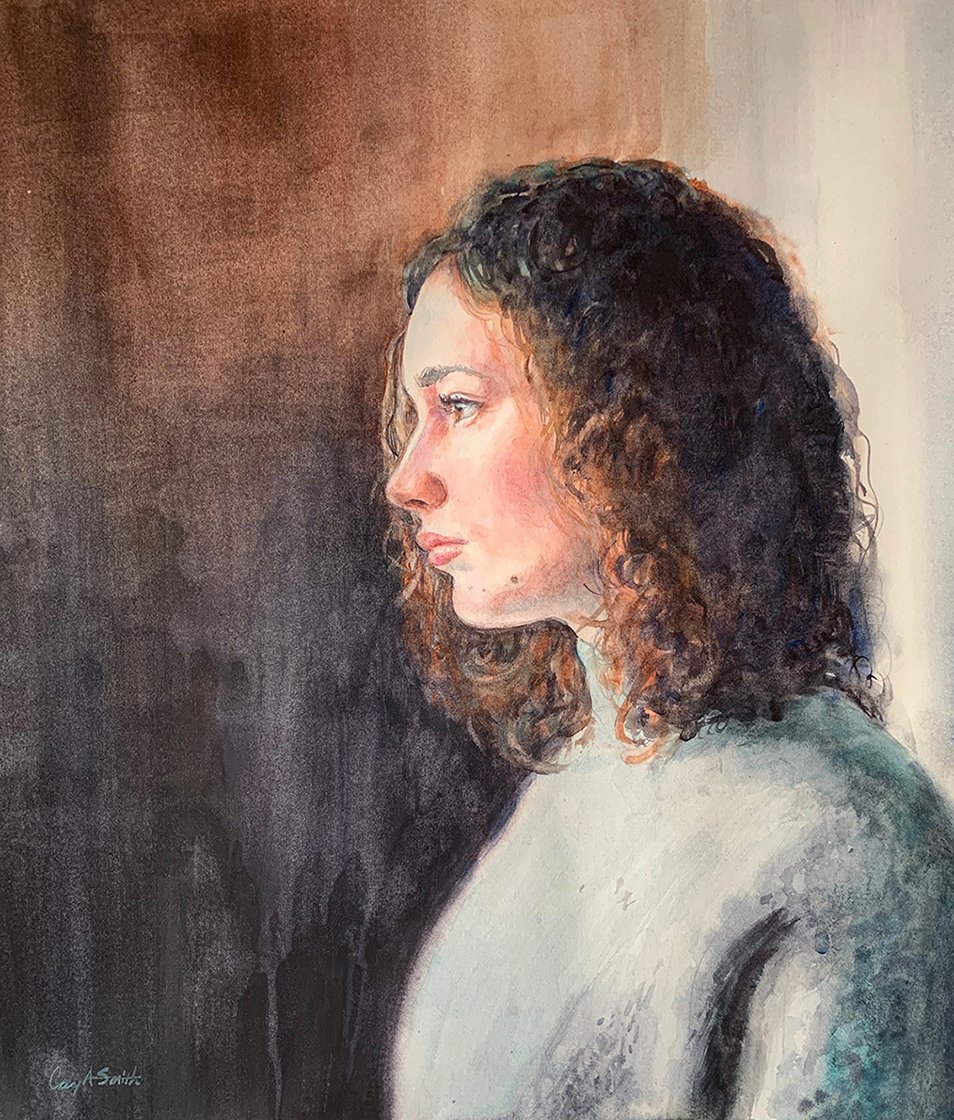
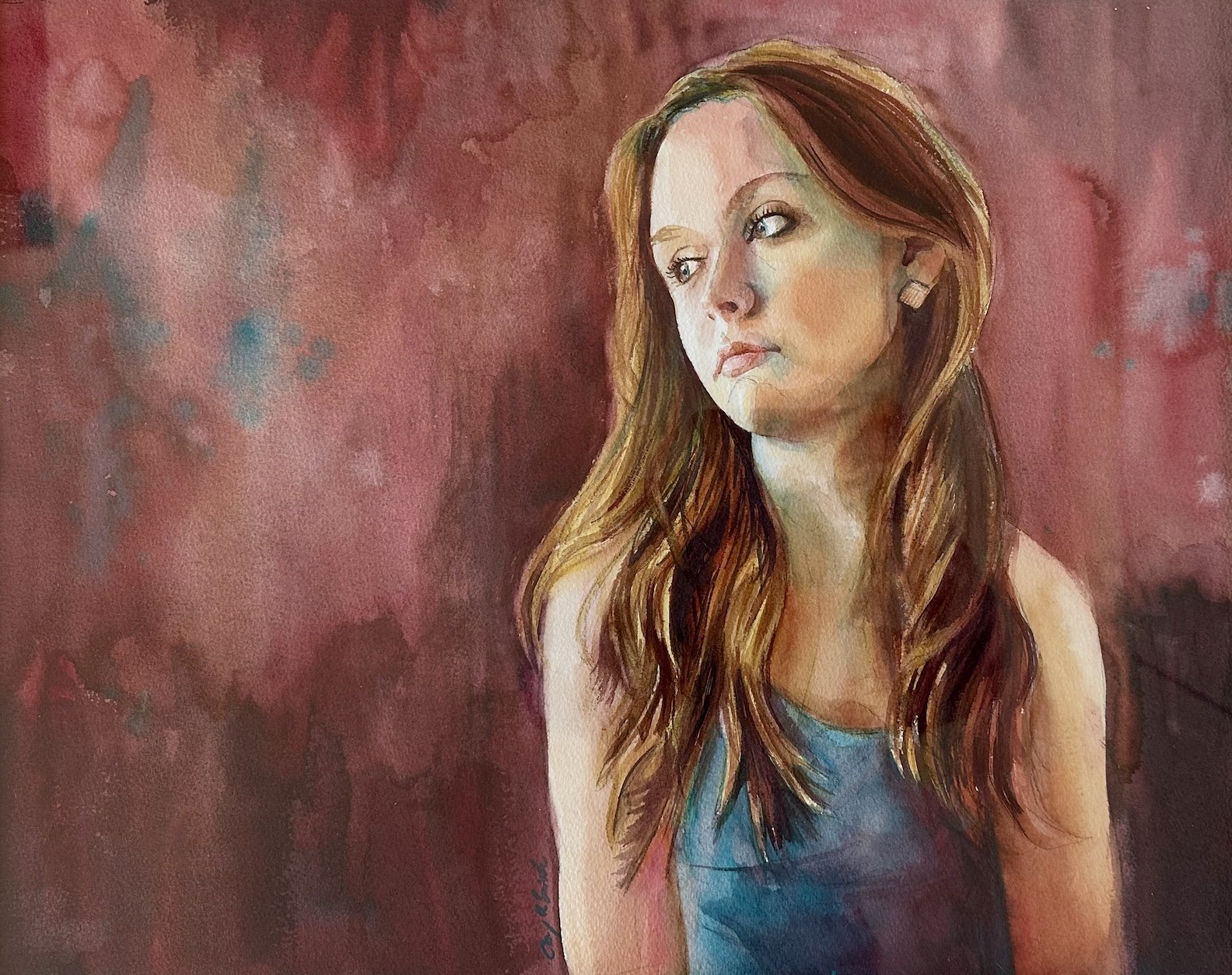
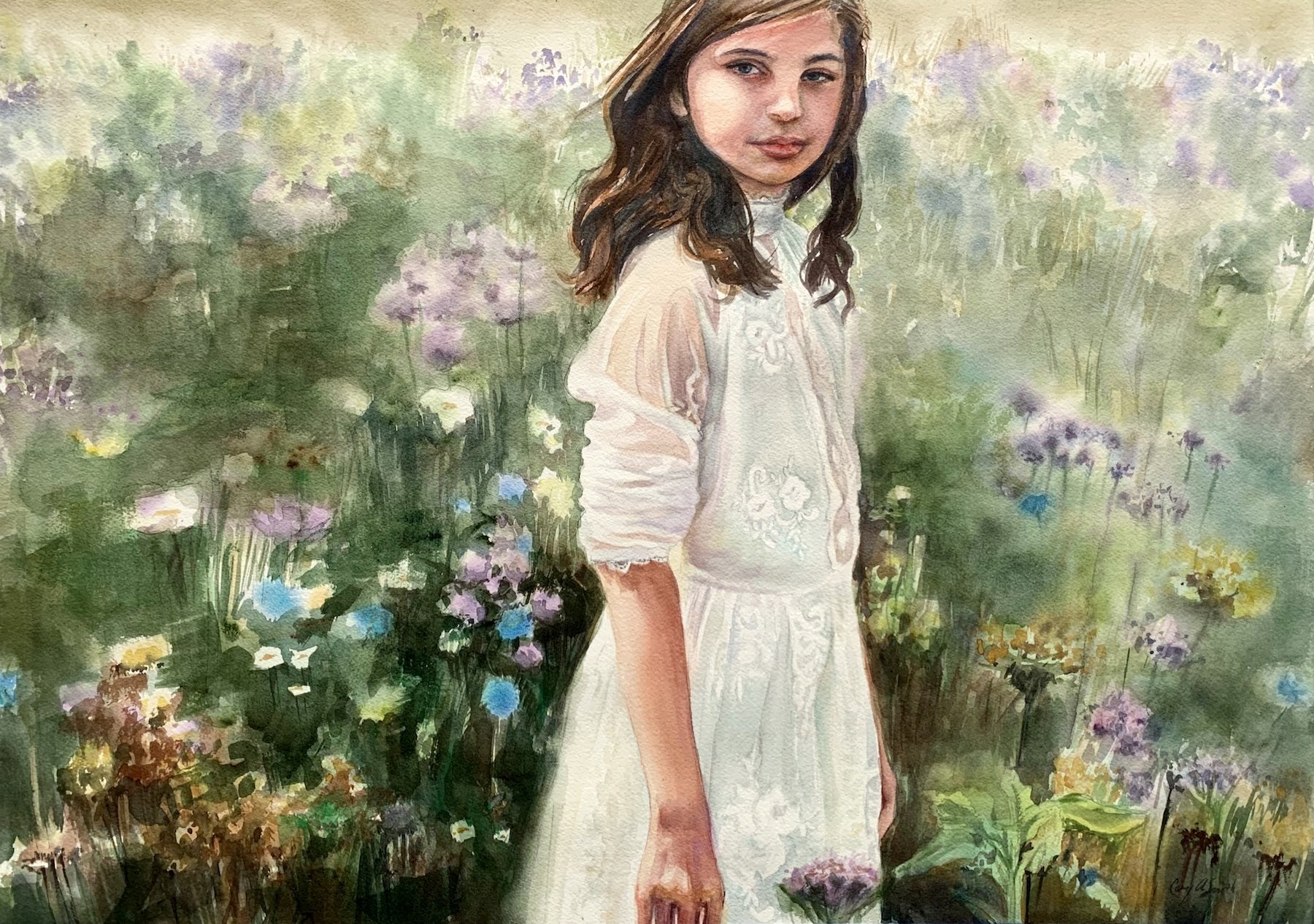

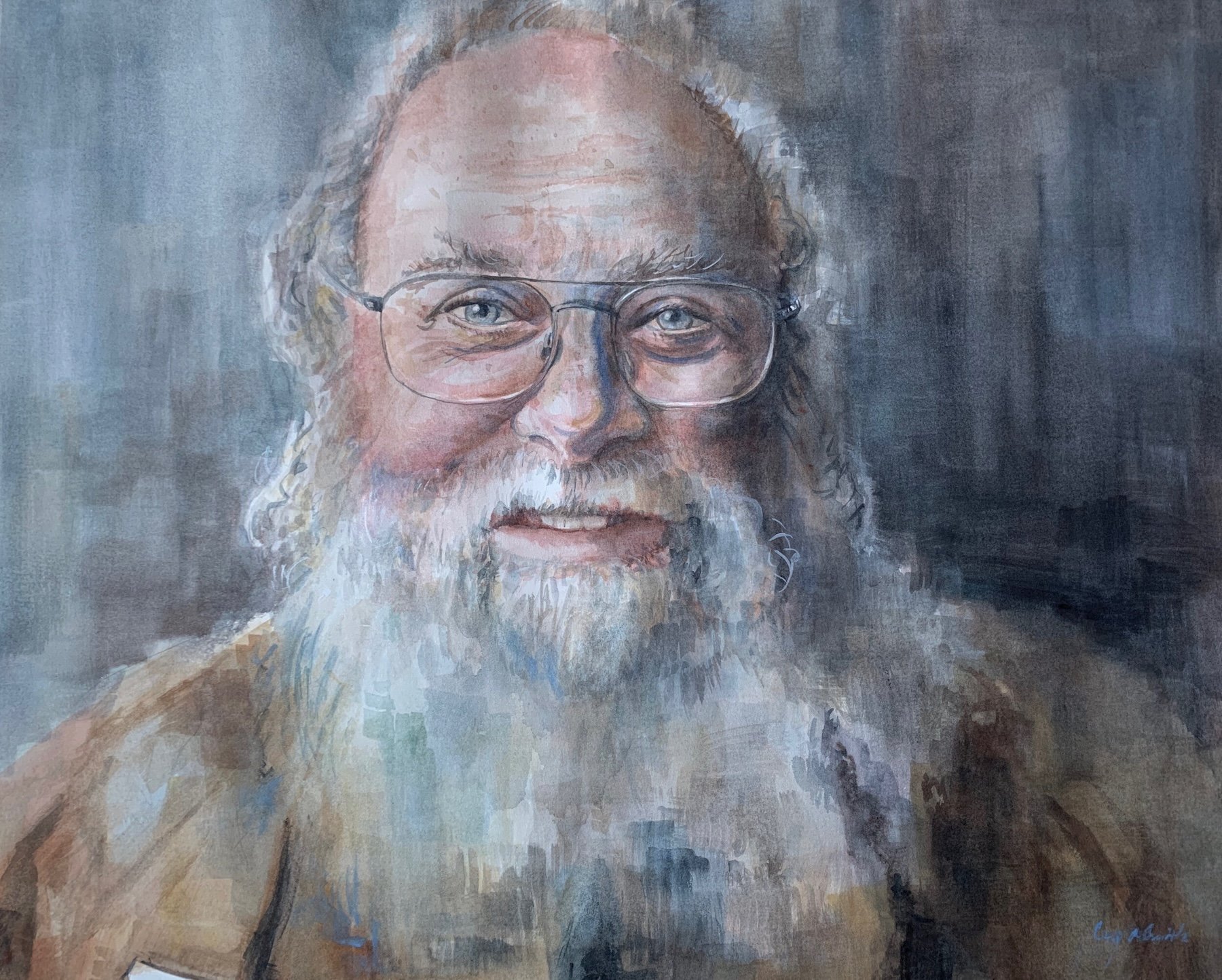
AAS: Cary, I believe you are originally from Minnesota? Where you interested in art as a child?
CS: I grew up in Minnesota, in a small town called Albert Lea. I had a wonderful childhood playing outside, swinging and swimming. My mom was an art teacher, so my childhood home was full of art supplies and creativity was highly encouraged. I don’t remember a time I wasn’t making art. I especially loved to draw, and I would take a figure drawing book off of my parent’s bookshelf and work on elements of the face starting at about 8. I wrote my career report in sixth grade about becoming a Commercial Artist. That interest led me to South Dakota State University to study Graphic Design. SDSU was close to home, and I could afford it. It wasn’t a fancy art school, but it was a practical choice and growing up in a farming community, that is what I knew. I studied graphic design and studio art.
After I graduated, I moved to Denver and worked at a marketing agency as a designer. My high-school sweetheart, who is now my husband, was finishing up his last year at the Air Force Academy in Colorado Springs. The year after he graduated from the Academy we got married and I moved to Florida where he was attending pilot training at Naval Air Station Pensacola. That was the first of 14 military moves which included Alaska, Japan, Rhode Island, and Germany twice.
AAS: Was it the military that brought your family to Arkansas?
CS: My husband, Marty, and I have returned to Little Rock Air Force Base, over the years for training and various assignments in his Active Duty career. Both of our children were born in Little Rock, and we consider it to be “home” because it is the place we have spent the most time in the last 23 years. Marty will finish out his 26 years of Active Duty Service at Little Rock Air Force Base.
AAS: You have painted so many wonderful portraits of women service members. Tell me about that project and one of my favorite portraits, Angela.
Angela, 30” x 20”, watercolor
CS: Military battle scenes appeared in artwork as early as the 1400s. Today, military buildings all over the world house collections of art celebrating this legacy. Over the years I noticed that it was rare to see women portrayed in this type of historical artwork because at its inception in 1947, no women were allowed to serve in the Air Force. Now over 20% of service members in the Air Force are women and I think it is important to see the official collections of military art begin to reflect this.
The military community really has been like family for the past 23 years, and many women service members have been my closest friends. They are some of the best people I have ever met; selfless, dedicated, smart, adventurous, and service oriented and I wanted to capture this spirit for future generations.
I initially painted 18 paintings which were hung in the Air Force Headquarters Europe building at Ramstein Air Force Base, Germany to celebrate Women’s History month in May of 2021. Six of those paintings of female service members were then accepted into the official Air Force Art Collection, housed at the Pentagon. The painting of Colonel Angela Ochoa, a friend of mine and the first female Wing Commander at Little Rock Air Force Base is a new addition to the series and will soon join the first six in Pentagon. This past January, I traveled to DC to meet and photograph CMSgt JoAnne Bass, the current Chief Master Sergeant of the Air Force, the first woman in this position, for a painting which will be unveiled early next year at the Pentagon and rounds out the series.
AAS: Please tell me about your marvelous series celebrating the Women Airforce Service Pilots (WASP) of the 1940’s.
Nancy H. Love, 12” x 16”, watercolor
CS: After hearing the story of the WASP Pilots I couldn’t help but paint some of these incredible women. For those of your readers who don’t know, just a little history lesson. . .
In 1942, as the country reeled from the attack on Pearl Harbor, trained male pilots were in short supply. Qualified pilots were needed to fight the war. Twenty-eight experienced civilian women pilots volunteered and formed the country’s first female squadron late summer 1942.
Between November 1942 and December 1944, 1,074 more women were trained to fly. WASP flew every aircraft in the military’s arsenal. In addition to ferrying, they towed gunnery targets, transported equipment and non-flying personnel, and flight-tested aircraft that had been repaired before the men were allowed to fly them again. In total, WASP flew more than 60 million miles in service to their country.
In the years following the war, the WASP story was rarely told. After the program was disbanded at the end of 1944, WASP records were sealed, classified, and stored in the government archives for 33 years. In 1976, the United States Air Force announced that women would be permitted to fly military aircraft, labeling it a “first” in U.S. history. As women who had flown for the nation over 30 years earlier, WASP united in an effort to set the record straight. In 1977 the WASP were finally granted veteran status.
I was able to use each woman’s official photos, taken by the military, because they fall under public domain laws. I used these as a starting place to create my pieces. The photos are all in black and white, so I did quite a bit of research to get the colors of the uniforms accurate. In 2020, I showcased the paintings as a collection honoring Women's History Month at the Vogelweh Army Base library while we were stationed in Germany. I enjoyed learning about each WASP’s journey, so I accompanied each portrait with a plaque, telling the woman’s story. In 2022, I was also invited to showcase the paintings at a Women’s Symposium at Dyess Air Force Base, Texas.
In 2022, I had the honor of attending the WASP homecoming in Sweetwater, Texas (the original training field) at the WASP Museum. Each year family members and the few WASP still alive gather along with female pilots, both military and commercial, to celebrate the legacy of female aviators. My collection of 18 pieces now hangs at the museum along with memorabilia and uniforms worn by the pilots.
AAS: What is it about portraiture that excites you?
CS: I am mostly an introvert and I think painting portraits is a way to sort of explore the complexity of humanity from a distance. It creates the opportunity to look closely at someone and see the beauty of their individuality. I love the subtlety of expression, one raised eyebrow in a portrait can totally change the viewer’s interpretation. Also, as silly as it may sound, with all our military moves, I think my portraits have also kept me company over the years.
One of the very first portraits I did was of my friend's father who passed away tragically and unexpectedly. She was overcome by emotion and told me how comforting it was to have the painting by which to remember him. I had never met him, but with a pattern of paint strokes, I could bring someone comfort. What a gift to my life.
“I love watercolor because it moves and changes and creates amazing shapes. It is like reacting and working with something that is alive and has a mind of its own.”
AAS: Do you paint in other mediums besides watercolor?
CS: I used to paint in oil, but my son tried to drink the turpentine more than once and, just like that, I became a watercolorist. Ha!
Jokes aside, I love watercolor because it moves and changes and creates amazing shapes. It is like reacting and working with something that is alive and has a mind of its own. I also like the transparency and how you can layer it on top of itself to create new effects.
AAS: I especially love your head-on portraits where the subject is staring back – wanting to say something, really. Paula is amazing. I would think those portraits are especially difficult to get right.
Paula, 10” x 14”, watercolor
CS: Paula is a close friend of mine, a fellow designer. We shared a small office for years. She was my sanity through one of my husband’s six-month deployments when my kids were tiny. Her husband contacted me to ask me to paint a portrait of her and this is the pose I chose because it felt like her. Paula just emerged from the paper, it didn’t feel difficult, it felt like she just showed up, like she always has for me.
AAS: Then there is Jetlag. So charming! What is the story behind it.
Jetlag, 27” x 27”, watercolor
CS: Jetlag is a painting of a coworker’s daughter from our time in Alaska. I have kept in contact with that coworker as she has moved around the world on a journey similar to my family’s. The painting captures her daughter Ellen on the morning they arrived in Europe after someone served her a bowl of cereal. I could relate to this feeling of jet lag myself, having traveled to 22 countries with my children. I felt her struggle. It was fun to paint.
AAS: Your work has been in many, many shows and earned many awards. One of those is Waiting, which was in the 60th Delta Exhibition. The way you handled the composition and background, and again that gaze, just terrific.
Waiting, 11” x 14”, watercolor
CS: Waiting is based on a photo I took at an airport. I don’t remember where we were going or where we had come from, but I am noticing a thread here as I write this. . . This young woman was waiting for her plane. I liked her intense gaze and imagined what she was thinking about.
It came as a complete surprise for the painting to be accepted into the Delta Exhibition. To be honest, not being from Arkansas originally, I didn’t know about the prestigious reputation of the Delta show; had I known, I might not have had the guts to enter. It was a huge honor for me and gave me a nice push to enter more shows, some of which I got into, some of which I didn’t. It has been a good reminder to me to take more risks.
AAS: Are most of your portraits commissions?
CS: Many of my portraits are commissions. I would say I paint an equal amount just for the joy of painting. My favorite commissions, and the ones that are the most successful, are the subjects in which I can direct their posture and the accompanying light and color. These portraits are a true delight to paint; it feels good to be trusted with the important task of capturing someone’s loved one.
Emailing me at caryasmith@gmail.com is the best way to contact me about a commission. My website caryasmith.com has a bit more information and instagram @cary.a.smith is always a good way to reach me as well.
AAS: Cary, what can we expect next from you?
CS: I am not sure how to answer that. Our life has been an ever-unfolding adventure and I never quite know what is next. Sure, I have lots of ideas that come to me every day and I feel the need to put those ideas down on paper. But lately I’ve been trying to find a bit of quiet in the business of life, listen to my gut and intuition, and see where that guides my next steps. I would love to create a body of work that explores teen mental health; I think this topic is so important. I would also like to experiment with some new mediums that I can combine with watercolor. All I know for certain is that today and tomorrow, you will find me in front of a computer or an easel planning out my next creation. That is as far ahead as I can see right now.
